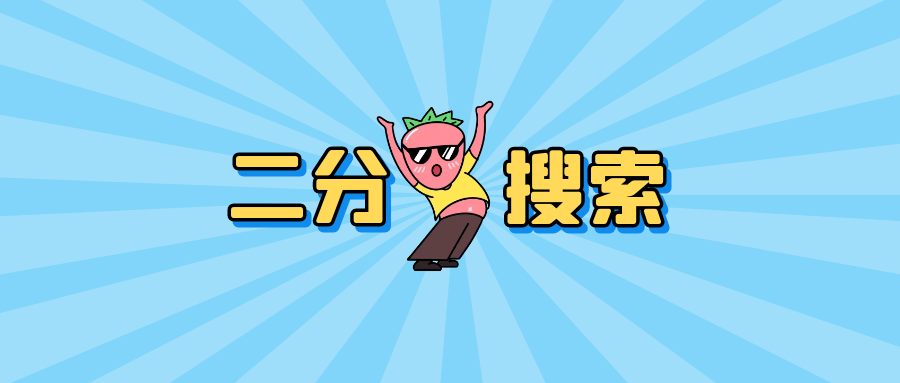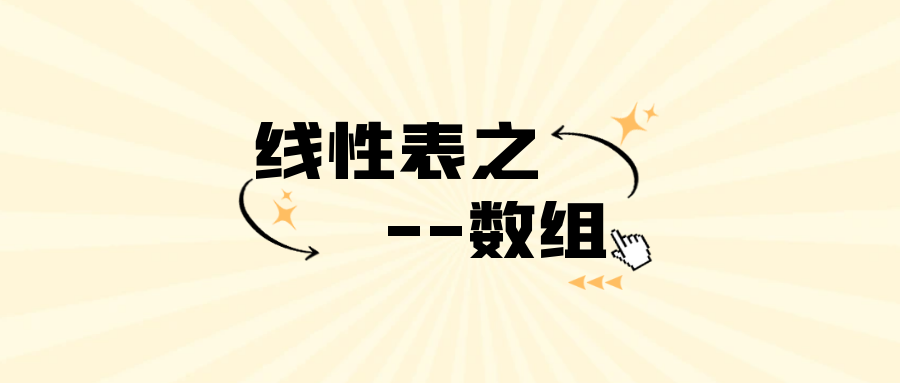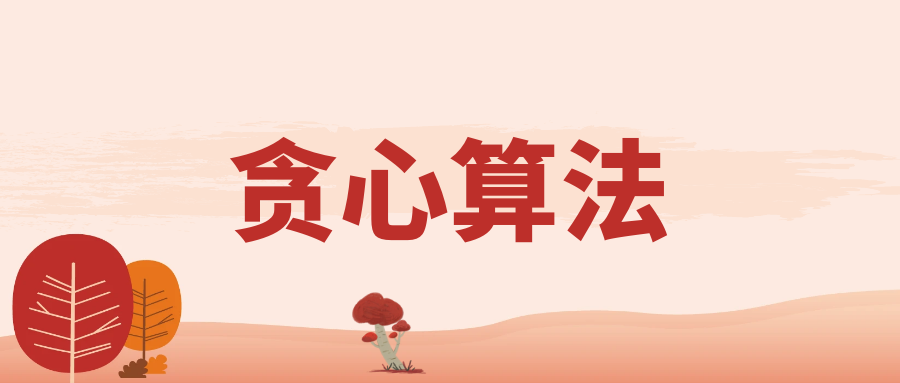1. 用两个栈实现一个队列
根据栈的特性,通过一个栈来实现一个队列的行为是做不到的,所以可以再加一个。用两个栈实现一个队列,可以利用栈的后进先出(LIFO)性质,将栈的顺序反转,从而实现队列的先进先出(FIFO)行为。
具体实现方法如下:
定义两个栈:
stack1:用于入队操作。stack2:用于出队操作
入队操作(enqueue):将新元素压入 stack1。
出队操作(dequeue):
访问队头(front):元素的操作和出队列相似,只是不需要弹出元素。
下图模拟了数据在两个栈(自定义队列)中的移动过程:

通过上面的描述,可以写出如下的C++代码:
1
2
3
4
5
6
7
8
9
10
11
12
13
14
15
16
17
18
19
20
21
22
23
24
25
26
27
28
29
30
31
32
33
34
35
36
37
38
39
40
41
42
43
44
45
46
47
48
49
50
51
52
53
54
55
56
57
58
59
60
61
62
63
64
65
66
67
68
69
70
71
72
73
74
75
| #include <iostream>
#include <stack>
using namespace std;
class QueueUsingStacks
{
public:
void enqueue(int value)
{
m_st1.push(value);
}
int dequeue()
{
if (m_st2.empty())
{
if (m_st1.empty())
{
throw std::out_of_range("空队列");
}
moveStack1ToStack2();
}
int topValue = m_st2.top();
m_st2.pop();
return topValue;
}
int front()
{
if (m_st2.empty())
{
if (m_st1.empty())
{
throw std::out_of_range("空队列");
}
moveStack1ToStack2();
}
return m_st2.top();
}
bool isEmpty() const
{
return m_st1.empty() && m_st2.empty();
}
private:
void moveStack1ToStack2()
{
while (!m_st1.empty())
{
m_st2.push(m_st1.top());
m_st1.pop();
}
}
stack<int> m_st1;
stack<int> m_st2;
};
int main()
{
QueueUsingStacks queue;
queue.enqueue(1);
queue.enqueue(2);
queue.enqueue(3);
cout << "Front: " << queue.front() << endl;
cout << "Dequeue: " << queue.dequeue() << endl;
queue.enqueue(4);
cout << "Front: " << queue.front() << endl;
cout << "Dequeue: " << queue.dequeue() << endl;
cout << "Dequeue: " << queue.dequeue() << endl;
cout << "Dequeue: " << queue.dequeue() << endl;
return 0;
}
|
2. 用两个队列实现一个栈
既然使用两个栈可以实现一个队列,同样通过两个队列也可以实现一个栈,主要思路是利用队列的先进先出(FIFO)性质,将队列中的数据顺序反转,从而实现栈的后进先出(LIFO)行为。
具体实现方法如下:
- 定义两个队列:
queue1:用于存储元素。queue2:辅助队列,用于倒转 queue1 中的顺序。
- 入栈操作(push):
- 将新元素加入
queue2。
- 将
queue1 中的所有元素依次移到 queue2。
- 交换
queue1 和 queue2。
- 出栈操作(pop):从
queue1 中弹出队头元素。
- 访问栈顶(top):访问
queue1 中的队头元素。
下图为大家演示的是队列中添加数字4和数字5的过程:

通过上面的文字描述,我们可以写成如下的C++代码:
1
2
3
4
5
6
7
8
9
10
11
12
13
14
15
16
17
18
19
20
21
22
23
24
25
26
27
28
29
30
31
32
33
34
35
36
37
38
39
40
41
42
43
44
45
46
47
48
49
50
51
52
53
54
55
56
57
58
59
60
61
62
63
| #include <iostream>
#include <queue>
using namespace std;
class StackUsingQueues
{
public:
void push(int value)
{
m_q2.push(value);
while (!m_q1.empty())
{
m_q2.push(m_q1.front());
m_q1.pop();
}
std::swap(m_q1, m_q2);
}
int pop()
{
if (m_q1.empty())
{
throw std::out_of_range("Stack is empty");
}
int topValue = m_q1.front();
m_q1.pop();
return topValue;
}
int top() const
{
if (m_q1.empty())
{
throw std::out_of_range("Stack is empty");
}
return m_q1.front();
}
bool isEmpty() const
{
return m_q1.empty();
}
private:
queue<int> m_q1;
queue<int> m_q2;
};
int main()
{
StackUsingQueues stack;
stack.push(1);
stack.push(2);
stack.push(3);
cout << "Top: " << stack.top() << endl;
cout << "Pop: " << stack.pop() << endl;
cout << "Pop: " << stack.pop() << endl;
stack.push(4);
cout << "Pop: " << stack.pop() << endl;
cout << "Pop: " << stack.pop() << endl;
return 0;
}
|

























